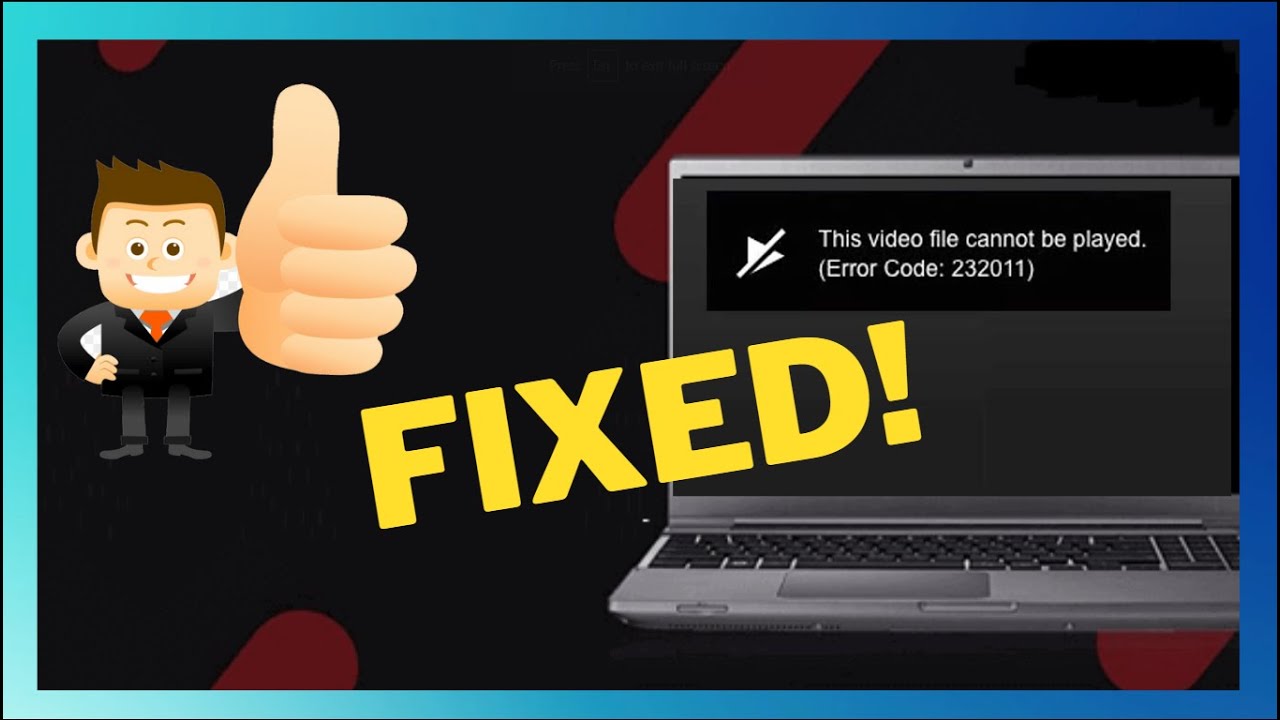It was the early days of the internet. The world was new, and everything seemed possible. A few daring souls had started to build websites, and it was clear that this would be the next big thing. But there were problems. The early websites were difficult to use because they were designed for computers, not people.
Slowly but surely, the people who were building websites realized that they needed to make their sites more accessible to everyone. And so the field of website accessibility was born, and companies like accessiBe and others were born. Today, website accessibility is a vital part of the internet. It ensures that everyone can use the web, regardless of their ability or disability.
There are many different guidelines and standards for website accessibility. The most important one is the Web Content Accessibility Guidelines (WCAG) developed by the World Wide Web Consortium (W3C). WCAG 2.0 is the most recent version of the guidelines, and it contains 12 guidelines that websites must follow to be accessible.
Some of the WCAG 2.0 guidelines include:
- Make text readable and understandable
- Provide alternatives for audio and video content
- Make sure that all functionality can be used with a keyboard
- Ensure that pages are easy to navigate
There are four conformance levels with WCAG 2.0: A, AA, AAA, and AAAA. Level A is the lowest level of conformance, and Level AAAA is the highest. Most websites aim for at least Level AA conformance, but very few achieve Level AAAA.
Tips on making a more accessible website
Here are some tips on making your website more accessible:
Structure your content in an easy to understand way
By using a structure that is easy to understand, you can make your content more accessible to everyone. One way to do this is to use headings and subheadings to break up your text. You should also use lists where appropriate and use clear and concise language.
Make sure your text is readable
Make sure that your text is large enough to be easily readable and that the contrast between the text and the background is high enough to be readable by people with different types of visual impairments. You can use a tool like the WebAIM Contrast Checker to test the contrast of your text.
Provide alternatives for audio and video content
If you have audio or video content on your website, provide transcripts or captions so that people who are deaf or hard of hearing can understand the content. You should also provide audio descriptions of any video content for people who are blind or have low vision.
Ensure that all functionality can be used with a keyboard
Some people cannot use a mouse, and others may not be able to use a mouse or a trackpad. Make sure that all of the functionality on your website can be used with a keyboard. This includes links, form elements, and buttons.
Test your website regularly
It’s important to test your website regularly to make it accessible to everyone. You can use a tool like the WebAIM WAVE tool to test your website for accessibility.
Websites that are accessible to everyone are good for the people who use them, but they’re also good for business. Accessible websites are easier to use, and they’re more likely to be used by a wider range of people. In other words, making your website accessible is good for everyone.









Leave a Reply